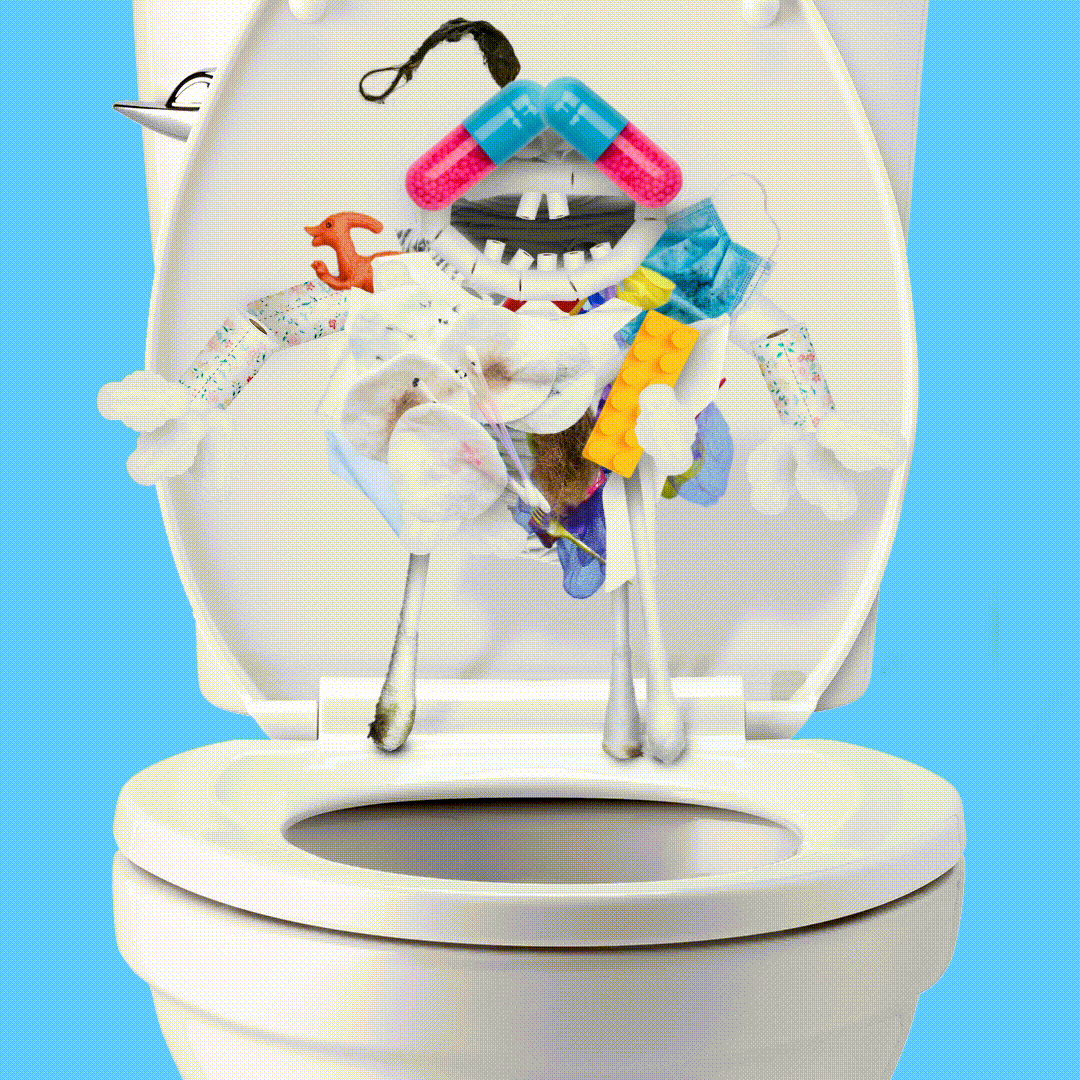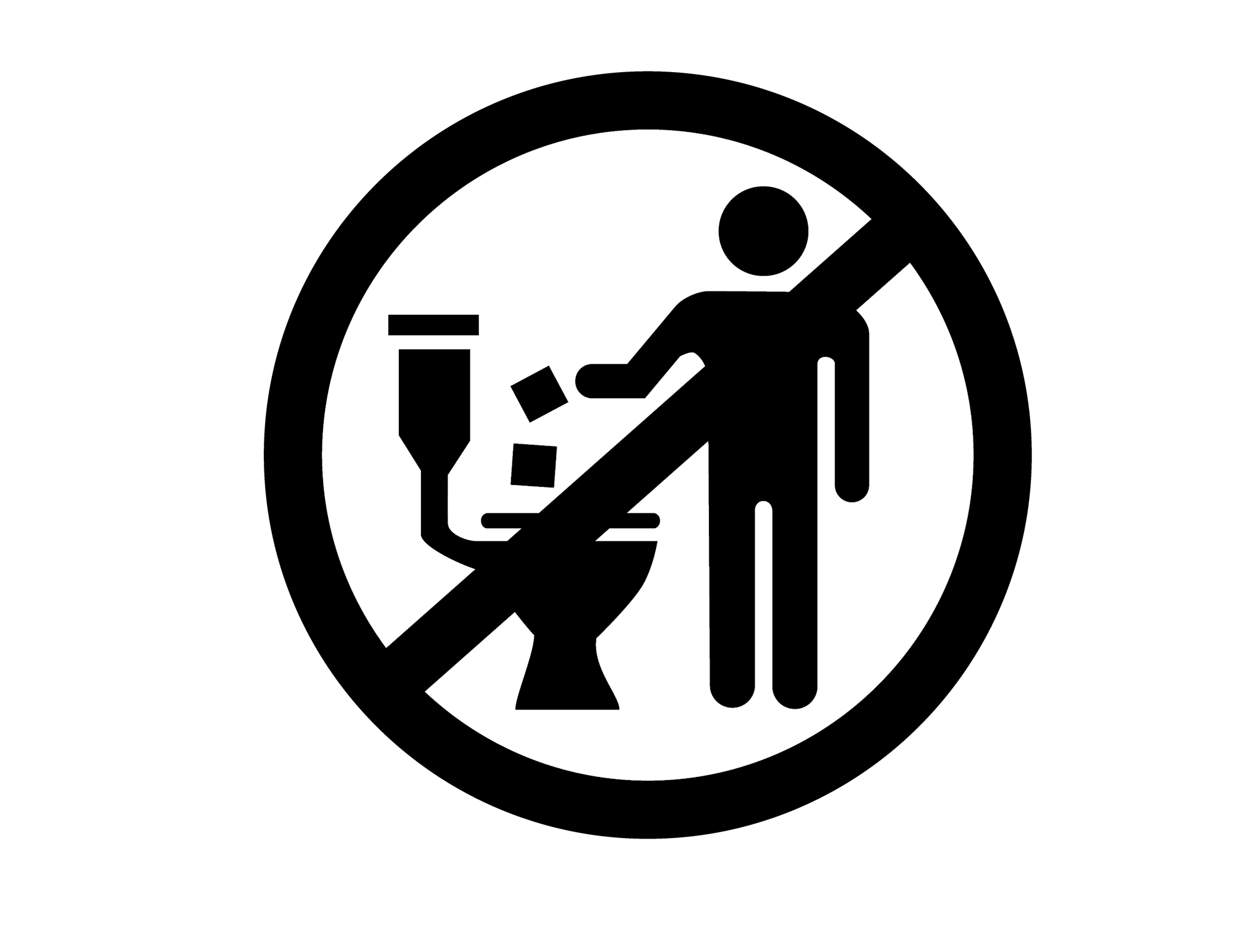Flush Smart

According to the Association of Nonwoven Fabrics Industry (INDA), more than 90% of wipes sold are not designed to be flushed. That’s because nonflushable wipes are made from long synthetic fibers, making them durable for their intended purpose. However, these durable fibers also make these items a danger to your plumbing.
MVSD and the Responsible Flushing Alliance want to help you learn how to flush smart today and beyond. Here are some simple tips to help avoid costly plumbing issues at home and protect the environment by reducing sewer blockages.
1. Know what you can’t flush
Your toilet is not a trashcan. Just because something is small enough to pass through the toilet pipe doesn’t mean it should be flushed. Nonflushable items can cause a lot of damage to homes, schools, businesses, sewers, wastewater treatment facilities, and the environment when flushed. Here’s a list of some commonly flushed items that should never be flushed:
- Baby wipes
- Period products
- Hard surface or cleaning wipes
- Makeup removing wipes
- Cotton balls, pads or swabs
- Sheet masks
- Dental floss, teeth whitening strips, contact lenses
- Hair or hair weaves
- Paper towels or rags
- Trash, cat litter
- Medicine, syringes
2. Educate family and houseguests
If you don’t know what you can’t flush, chances are your household and guests won’t either. Help them (and yourself) out by posting a sign on or near the toilet with a list of nonflushable items as a reminder.
Make sure there’s a small trash can next to the toilet to make it easy to dispose of nonflushable items. You can also keep disposable bags near the trashcan to wrap up diapers, baby wipes, and period products.
3. Properly dispose of FOG
Fats, oils and grease (FOGs) can cause just as much damage as solid nonflushable items. Don’t flush FOG down the toilet or pour them down the sink. Otherwise, you may be helping create a fatberg. When FOG and nonflushable items collect in pipes, they can create a large, rocklike mass of waste matter in the sewer system. These fatbergs can grow and eventually destroy pipes and homes if left unchecked.

4. Look for the “Do Not Flush” symbol
Sometimes, it can be difficult to determine if an item, like wipes, can be flushed. You can doublecheck if an item is not flushable by looking for the “Do Not Flush” symbol on the packaging. If you see the symbol on the wipes packaging, do not flush the wipes down the toilet!
5. When in doubt, throw it out!
If you’re not 100% sure an item can be flushed, err on the side of caution. Throw it out and don’t risk your plumbing, home, and the environment by flushing something that isn’t meant to be flushed.
By doing your part and flushing responsibly, you can help protect your home plumbing, local sewers, water treatment plants, and environment.
